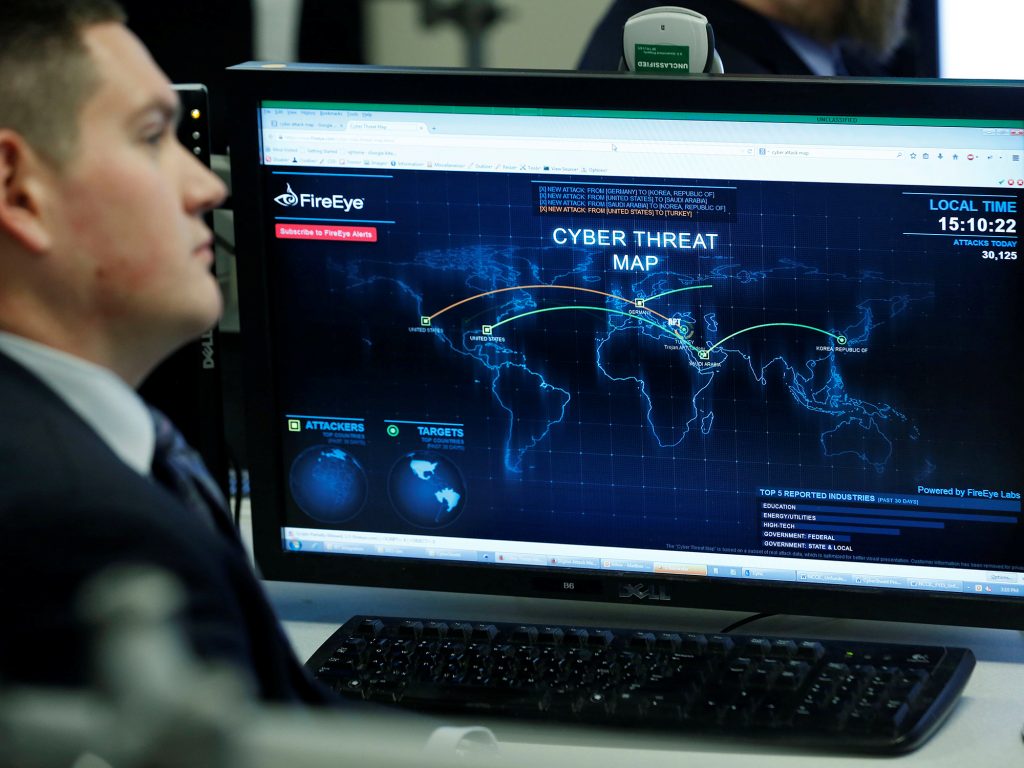Kamran_Sh
New Member

The Digital Shadow: Cyber Warfare and the Evolving South American Arms Market
The South American arms market, once solely focused on conventional hardware, has undergone a dramatic transformation in recent years. The rise of cyber warfare has woven a new, invisible layer into the region's security landscape, blurring the lines between traditional military might and digital espionage. This article delves into the burgeoning role of cyber warfare in the South American arms market, exploring its implications for regional security and the delicate balance of power.
A Shifting Landscape:
Historically, the South American arms market was dominated by purchases of fighter jets, tanks, and other traditional military equipment. However, the emergence of cyber threats has spurred a significant shift in priorities. Governments across the region, from Brazil to Chile, are now investing heavily in cyber defense capabilities, seeking to bolster their resilience against hacking attacks, data breaches, and disinformation campaigns. This has spawned a burgeoning market for cybersecurity firms, software solutions, and specialized training programs.
The Players:
Several key players are driving the growth of the cyber warfare market in South America. These include:
- Governments: National governments are the primary customers for cyber defense solutions, with budgets for such technologies steadily increasing. In 2022, Brazil alone spent over $1 billion on cybersecurity, solidifying its position as a regional leader in the field.
- Private sector: Tech companies specializing in cybersecurity solutions are seeing a surge in demand across the region. Local startups are emerging alongside established international players, offering a range of services from network security assessments to penetration testing and incident response.
- Foreign powers: Countries like the United States, China, and Russia are actively involved in the South American arms market, both through direct sales and technology transfers. This has raised concerns about potential espionage and the creation of cyber dependencies, further complicating the regional security landscape.
The Arsenal:
The cyber warfare arsenal in South America is rapidly expanding, encompassing a diverse range of tools and techniques. Some of the most prevalent include:
- Offensive cyber capabilities: Governments are increasingly acquiring offensive cyber tools for intelligence gathering, counter-espionage, and potentially offensive operations. This raises concerns about escalation and the potential for cyberattacks to spill over into real-world conflicts.
- Surveillance technologies: Advanced surveillance technologies, such as facial recognition and social media monitoring tools, are being deployed by governments for both security and social control purposes. This raises concerns about privacy violations and the stifling of dissent.
- Disinformation campaigns: Malicious actors are using social media and other online platforms to spread disinformation and manipulate public opinion, aiming to influence elections, sow discord, and undermine democratic institutions.
The Implications:
The rise of cyber warfare in the South American arms market has significant implications for regional security and stability. Some of the key concerns include:
- Escalation and Spillover: Increased reliance on offensive cyber capabilities raises the risk of cyberattacks escalating into real-world conflicts. Moreover, cyberattacks can easily spill over national borders, potentially drawing neighboring countries into unforeseen disputes.
- Cyber Dependencies: Dependence on foreign vendors for cyber defense technologies can create vulnerabilities and expose countries to potential espionage or manipulation. This necessitates careful vetting of suppliers and the development of indigenous cyber capabilities.
- Erosion of Privacy: The deployment of invasive surveillance technologies can lead to violations of citizens' privacy rights and create an environment of fear and intimidation. Striking a balance between national security and individual liberties is crucial.
- Disinformation and Political Manipulation: The proliferation of disinformation campaigns threatens to undermine democratic processes and sow discord within societies. Building media literacy and promoting responsible online behavior are essential to counter these threats.
The Future:
The future of the cyber warfare market in South America is uncertain. However, several trends are likely to shape its trajectory:
- Continued growth: Demand for cyber defense solutions and offensive cyber capabilities is expected to continue growing in the coming years, fueled by increasing cyber threats and geopolitical tensions.
- Regional cooperation: Collaboration between South American countries on cyber defense and capacity building could help mitigate the risks associated with cyber warfare and promote regional stability.
- Global partnerships: Partnerships with international actors, such as the United Nations and private sector cybersecurity firms, can provide valuable expertise and resources for enhancing cyber defenses in the region.
Conclusion
The rise of cyber warfare has irreversibly altered the South American arms market. It presents a complex set of challenges and opportunities for regional governments, requiring careful consideration of security needs, economic interests, and ethical implications. Navigating this new digital landscape necessitates a proactive approach, emphasizing regional cooperation, responsible technology development, and a commitment to safeguarding democratic values and individual liberties in the face of emerging cyber threats.
